Editors’ Picks




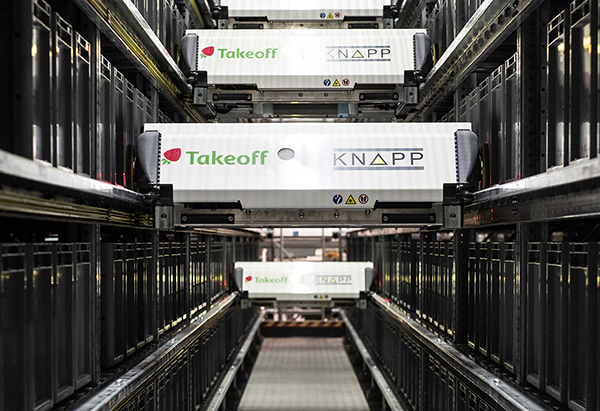
Found in Robotics News & Content, with a score of 3.52
…larger e-commerce players such as Ocado Group PLC and Amazon.com Inc., which had acquired Whole Foods in 2017, experienced rapid growth and sought partnerships with existing grocers. As a matter of perspective, even if e-grocery doubled in size, it grew to only 10% of total grocery revenue, according to industry analysts. As a result, several said they expect that portion of the market to continue growing, if at a slightly slower rate than during the past year. They cited increasing consumer familiarity with online shopping for food starting in the U.K., the success of companies such as Instacart, and increasing…
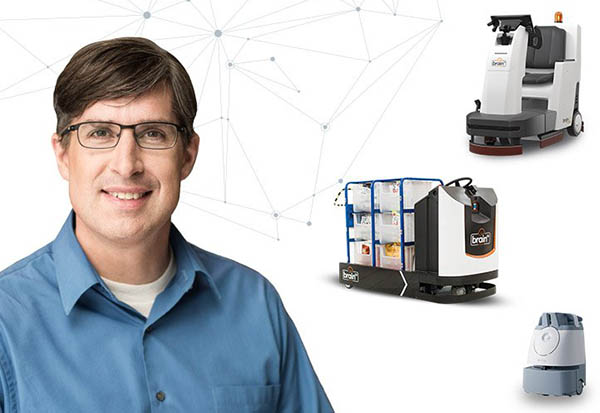
Found in Robotics News & Content, with a score of 2.56
…(ATG), and he has also held senior roles at Amazon and Qualcomm. Robotics 24/7 spoke with Thomason about his experience, his views on autonomous mobile robots (AMRs), and his plans for Brain Corp. You've been a software leader at tech companies like Uber ATG, Oculus, and Qualcomm. What brought you to Brain Corp? Thomason: While it seems like they're all different, the big commonality is that there's a lot of systems software. While artificial intelligence and deep learning are obviously components, there's a lot of other software—Web portals, interactions, real-time pipes, updates—with remarkable parallels in my 30 years in the…
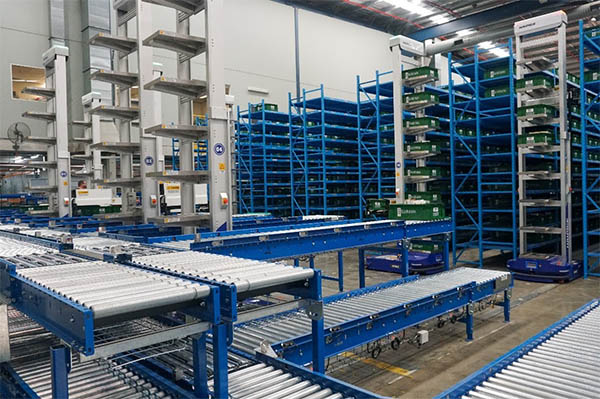
Found in Robotics News & Content, with a score of 5.21
Amazon.com Inc. began as an online book retailer and is now a leader in both e-commerce and supply chain automation, so it's no surprise that other companies are following its example. HAI Robotics today said it has deployed its first warehouse robots in Australia. Integrator BPS Global implemented HAIPICK robots at retailer Booktopia's 14,000 sq. m (150,000 sq. ft.) distribution center in Lidcombe, New South Wales. “By deploying this innovative robot solution, we have doubled our capacity and significantly improved our picking and putaway rates,” stated Tony Nash, CEO of Booktopia. “This gives us the confidence we need to continue…

Found in Robotics News & Content, with a score of 14.18
DXC Luxoft this week said it is collaborating with Amazon Web Services Inc. to support the autonomous driving with its Robotic Drive Cloud offering on AWS. The Robotic Drive tooling and services are available now and can reduce development and test times, as well as total cost of ownership to customers. The partners said they can offer a tangible competitive advantage to developers of advanced driver assistance systems (ADAS) and autonomous vehicles. “Creating this relationship will help our mutual customers accelerate their ADAS/AD [autonomous driving] programs while increasing flexibility and optimizing cost,” stated Luz G. Mauch, executive vice president for…
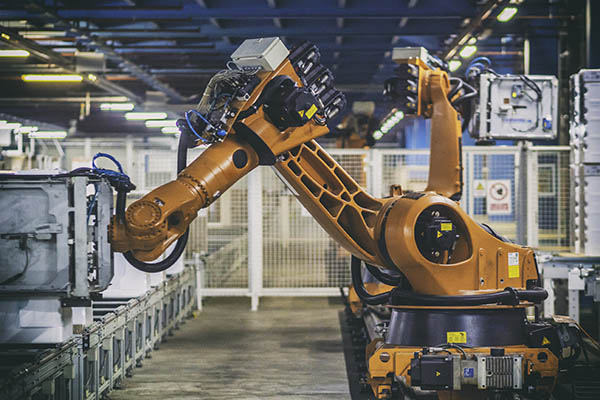
Found in Robotics News & Content, with a score of 2.49
…and contending with workforce and other shortages, companies like Amazon that had already invested in digital technologies, were better positioned to continue operating and saw their profits rise significantly in the past year. Beyond the pandemic Much has been written about the need for resilient supply chains, including distribution and order-fulfillment operations, as well as flexible systems. One area explored in the MHI survey is how organizations are translating those requirements into their business strategies and the technologies they’re deploying to execute. According to the report, companies are pursuing the following strategies: Regionalizing their supply chains and diversifying the geographic…
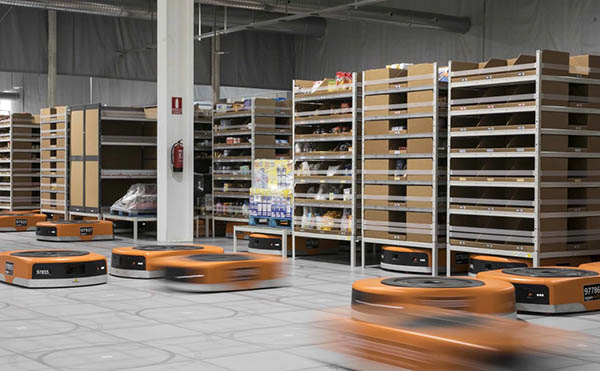
Found in Robotics News & Content, with a score of 10.05
…spaces around us, such as our homes and workplaces. Amazon Alexa is a great example of this—an on-demand AI assistant that exists in the cloud but that we can access with our voices to control the lighting in our homes, run our sprinklers, and lock our doors. This is the embodiment of our physical environment evolving due to enhancements provided by digital technologies. The natural language processing, machine learning models, speech synthesis, and all of the other complexity is performed in a digital system that sits beyond the walls of your home but is able to connect to that door…
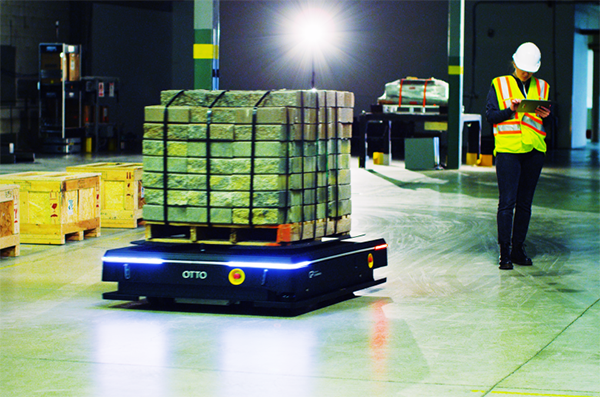
Found in Robotics News & Content, with a score of 3.92
…joined with leading robot manufacturers; end users such as Amazon, Ford, GM, Honda, P&G, Nissan; and other government and non-government organizations such as the National Institute of Standads and Technology (NIST), UL, TUV, and academia to develop ANSI RIA 15.08-1. “As the AMR market has grown, so too has the need for accompanying safety standards in the U.S. and abroad,” said Jeff Burnstein, president of the Association for Advancing Automation (A3). “OTTO Motors’ participation on our standards committee and leadership on this issue has helped to raise the bar for worker safety.” OTTO claimed that its fleet meets or exceeds…
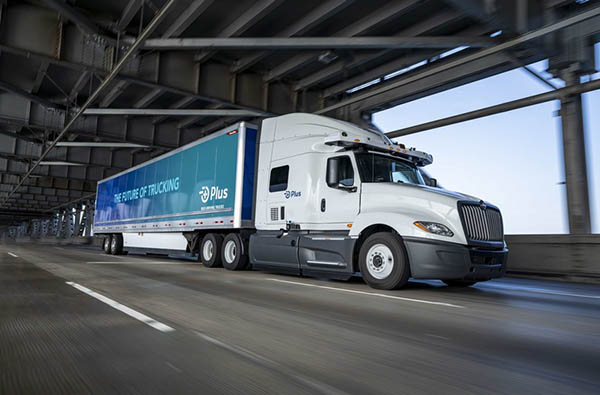
Found in Robotics News & Content, with a score of 16.10
According to several news sources, Amazon.com Inc. is in talks to buy a stake in artificial intelligence truck-driving startup Plus and has placed an order for 1,000 autonomous driving systems. The deal would give Amazon the right to buy preferred shares of Plus via a warrant at a price of $0.46647 per share, an anonymous source told Bloomberg. That would amount to a 20% stake based on the company's shares outstanding before its planned merger with special purpose acquisition company (SPAC) Hennessy Capital Investment Corp. V. A filing with the U.S. Securities and Exchange Commission confirmed Bloomberg’s report. Plus said…

Found in Robotics News & Content, with a score of 3.86
…Yanovsky, CRO & EVP, Caja Robotics “Then there's the 'Amazon effect,' as the industry pioneer acquired Kiva Systems in 2012 and helped create a category and expectations,” she told Robotics 24/7. “People now expect same-day delivery, and micro-fulfillment centers can help operators maximize real estate.” “The third trend is a shortage of labor, especially in the U.S., Israel, Europe, and Australia,” Yanovsky said. “Warehouse workers walk 10 miles per day and lift heavy boxes. Those [tasks] are better for robots to do, and we want to put people in other tasks.” “All of these trends brought customers to understand that…
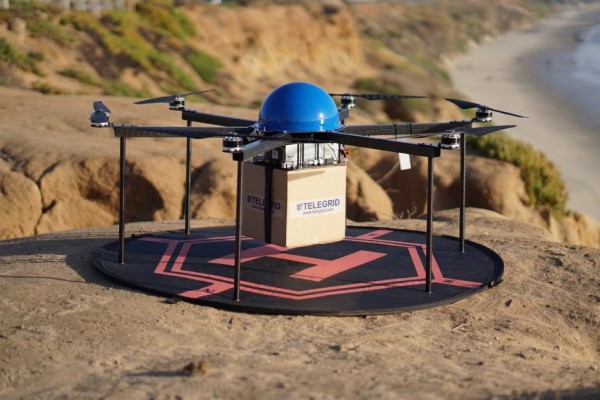
Found in Robotics News & Content, with a score of 5.63
…delivery solutions like autonomous drones.” “Customers are used to Amazon Prime-like experiences, where they can schedule and track their deliveries in real time,” he added. “We are excited to take this market-first offering to retailers in partnership with Telegrid and transform modern-day retail deliveries.” Drone Express offers retailers agility As e-commerce demand rapidly increases, retailers are under pressure to apply last-mile innovations to meet the growing demand while providing a positive customer experience, said Drone Express. These expectations have led to driver shortages, complexities in carrier partnerships, and a focus on order fulfillment. Autonomous drones are a viable, more sustainable,…
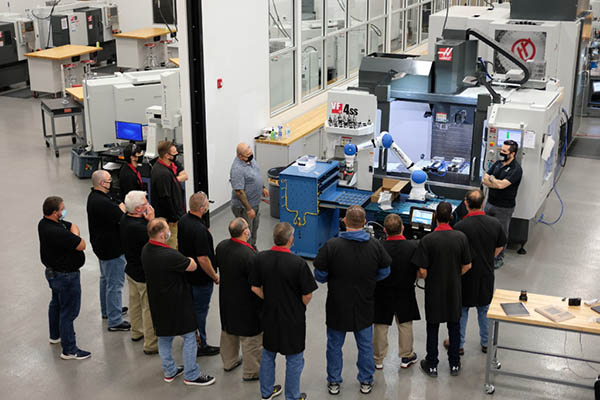
Found in Robotics News & Content, with a score of 2.56
…has lead to a hiring frenzy by companies like Amazon and FedEx, while they have also turned to deploying robotics and automation into their operations. Why? Because the boom in e-commerce is growing faster than firms can hire. Source: FedEx 2. More manufacturing to reshore As the pandemic closed borders and factories around the world, supply chains took a major pounding and continue to do so. This has caused many business executives to rethink their supply chains, and some are even reshoring manufacturing back to the U.S. The Biden administration is also actively encouraging the reshoring efforts through new programs…
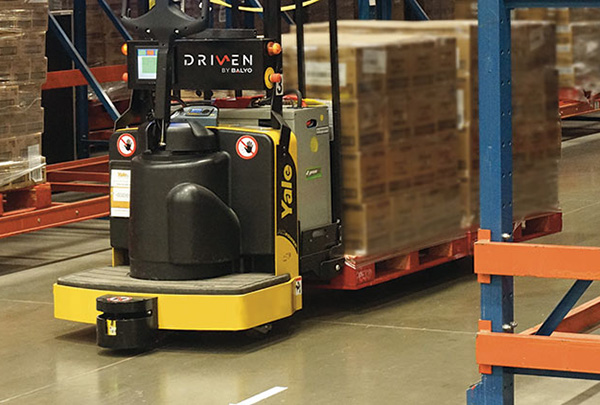
Found in Robotics News & Content, with a score of 3.57
…with the need for increased efficiency.” Automation for workforce, 'Amazon effect' challenges Before the pandemic, factors like record-low unemployment and rising wage rates had already made robotic lift trucks attractive to some operations, said Kevin Paramore, emerging technology commercialization manager at Yale Materials Handling Corp. The labor situation is different now, but due to social distancing measures and health and safety policies requiring workers who are feeling ill to stay home, distribution centers may still have difficulty maintaining their workforce. The end effect is that more operations will see automation as part of the answer to labor shortages. “When you…



